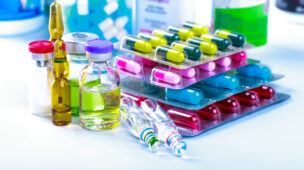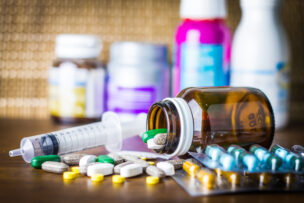According to the news article, “有用性加算の柔軟化や類似薬拡大など提言 厚労省研究班、革新的新薬の早期導入で | 日刊薬業 – 医薬品産業の総合情報サイト (jiho.jp)” released by NIKKAN YAKUGYO on June 16th, 2023, the 2022 annual report compiled by the team of Ministry of Health, Labour and Welfare’s scientific research on “Appropriate Research on the Development Environment, Stable Supply, and Distribution Environment of Drugs” provided a comprehensive overview of the research related to maintaining and improving the appropriate development, stable supply, and distribution environment drugs.
The report presents specific recommendations aimed at facilitating the early introduction of new drugs. Firstly, the flexible application of the usefulness-addition criteria is proposed. The low application rate of usefulness addition is highlighted as a concern, particularly for orphan and pediatric drugs where conducting randomized controlled trials can be challenging. The proposal suggests evaluating the application of usefulness addition based on appropriate indirect comparison data. Furthermore, it emphasizes the importance of considering not only the primary evaluation parameters in clinical trials but also the patient’s quality of life and patient-reported outcomes.
The report also emphasizes the importance of ensuring predictability in drug pricing. To achieve this, the report suggests expanding the range and approach of similar efficacy comparison methods, enabling a more comprehensive selection of reference drugs (most similar drugs). It further advocates for enhancing the pre-consultation system regarding drug price calculation. Additionally, it recommends applying foreign average price adjustment even for price increases after listing and considering additional add-ons for products with simultaneous launches in Japan, Europe and the United States.




